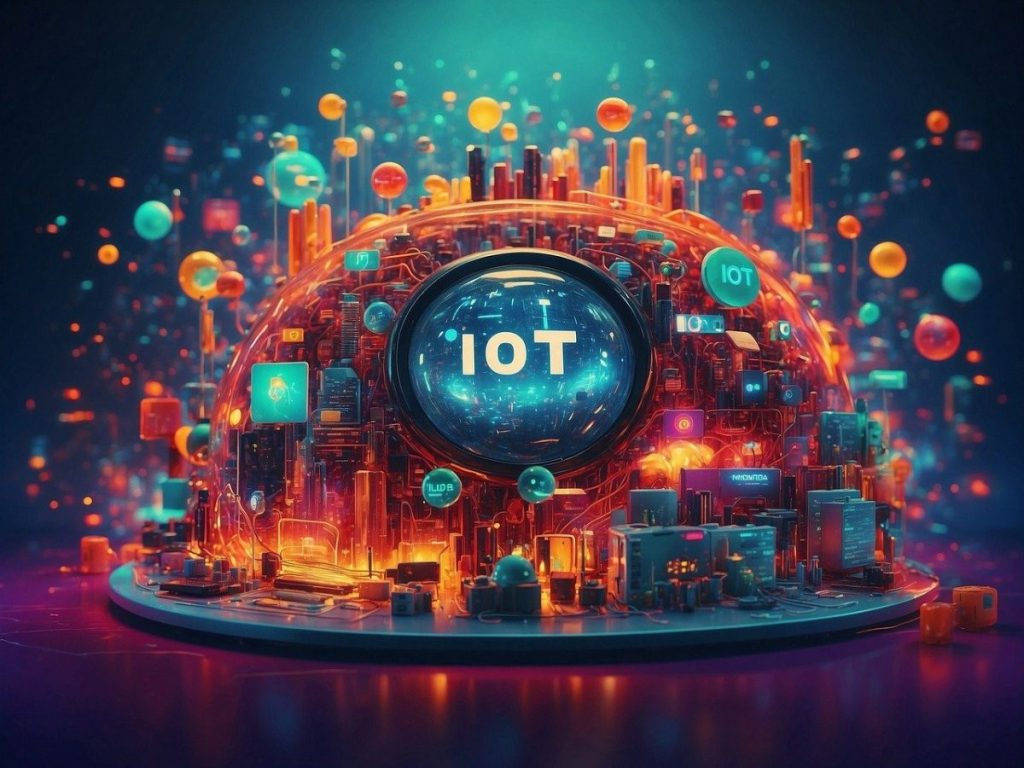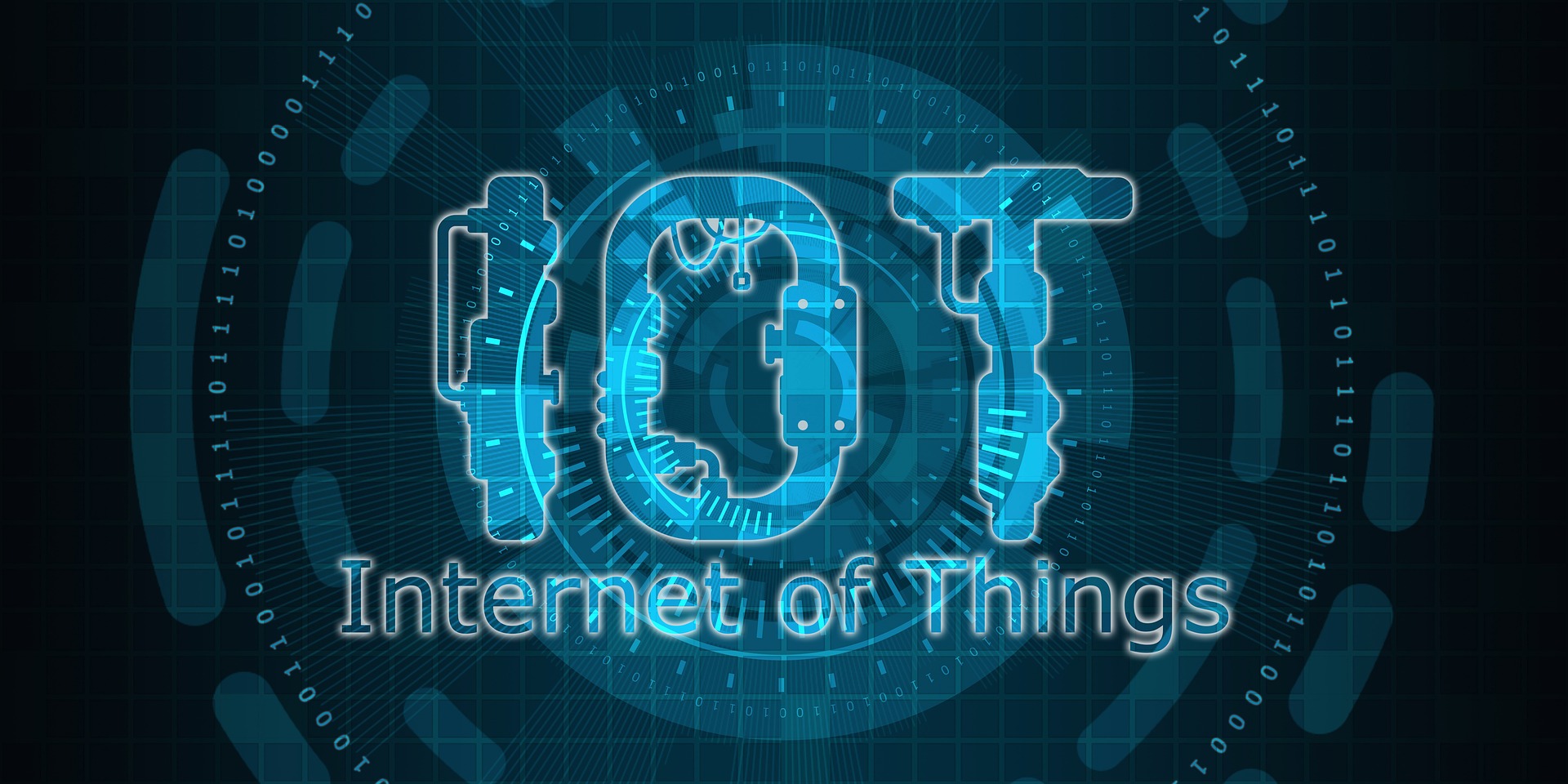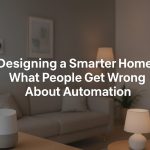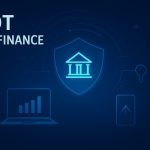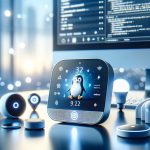The Internet of Things (IoT) continues to revolutionize how we interact with technology, enabling unprecedented levels of automation, connectivity, and efficiency. As we step into 2025, the IoT landscape is poised for transformative changes that will redefine industries and enhance daily life. This article delves into the emerging trends in IoT, highlighting technological advancements, sector-specific innovations, and challenges shaping the future.
Top Technological Advancements Driving IoT
- Artificial Intelligence and Machine Learning Integration
- AI-powered IoT devices are becoming more autonomous and capable of predictive analytics. For example, smart thermostats that learn user preferences can optimize energy usage without manual intervention.
- Machine learning models deployed at the edge allow for real-time data analysis, reducing latency and enhancing decision-making.
- 5G Connectivity
- The global rollout of 5G networks is unlocking the true potential of IoT, enabling faster data transfer, lower latency, and greater device density.
- Applications like autonomous vehicles, smart cities, and industrial IoT rely heavily on 5G to handle massive amounts of data in real-time.
- Edge Computing
- Edge computing minimizes the need to transmit data to centralized servers, reducing bandwidth costs and improving response times.
- IoT devices equipped with edge capabilities can process data locally, which is crucial for time-sensitive applications such as healthcare monitoring and industrial automation.
- Interoperability Standards
- The emergence of universal standards like Matter is simplifying device compatibility across brands and ecosystems.
- Enhanced interoperability fosters seamless integration of IoT devices, making it easier for consumers and businesses to adopt new technologies.
Prominent Sectors Benefiting from IoT in 2025
- Agriculture
- IoT-enabled smart farming solutions are revolutionizing agriculture by providing real-time insights into soil health, weather conditions, and crop growth.
- Automated irrigation systems and drone-based monitoring are improving yields while reducing resource consumption.
- Manufacturing
- Industrial IoT (IIoT) is driving smart factories, where sensors and AI monitor machinery, predict maintenance needs, and optimize production processes.
- Robotics and IoT integration are enhancing worker safety and productivity in hazardous environments.
- Smart Cities
- IoT applications in urban planning, such as intelligent traffic management and energy-efficient lighting, are reducing congestion and lowering carbon footprints.
- Public safety is improving through smart surveillance systems and disaster response technologies.
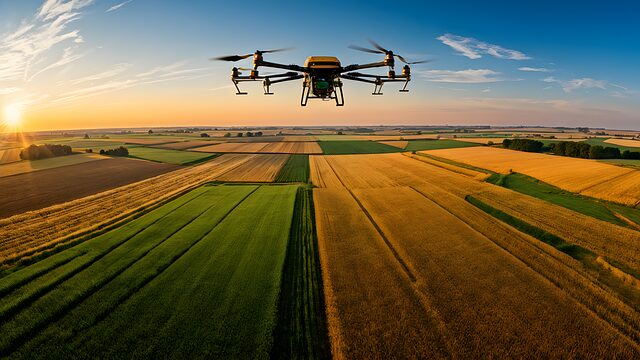
Challenges and Opportunities in the Future of IoT
- Data Security and Privacy
- With more devices connected to the internet, the risk of cyberattacks and data breaches increases. Addressing these vulnerabilities is a priority for stakeholders.
- Advanced encryption, secure boot processes, and regular software updates are crucial to maintaining trust in IoT ecosystems.
- Device Interoperability
- Despite progress in standardization, compatibility issues remain a challenge for IoT adoption.
- Companies must collaborate to develop frameworks that ensure devices work seamlessly across platforms.
- Scalability and Infrastructure
- The rapid proliferation of IoT devices requires robust infrastructure to handle massive data flows.
- Investments in cloud and edge computing will be essential to support this growth.
As IoT technology continues to evolve, 2025 will be a pivotal year in realizing its full potential. From the integration of AI and 5G to innovations in agriculture, manufacturing, and smart cities, IoT is transforming the way we live and work. However, addressing challenges such as security and interoperability will be key to unlocking sustainable growth. By staying ahead of these trends, businesses and consumers can harness the power of IoT to create a more connected and efficient future.
